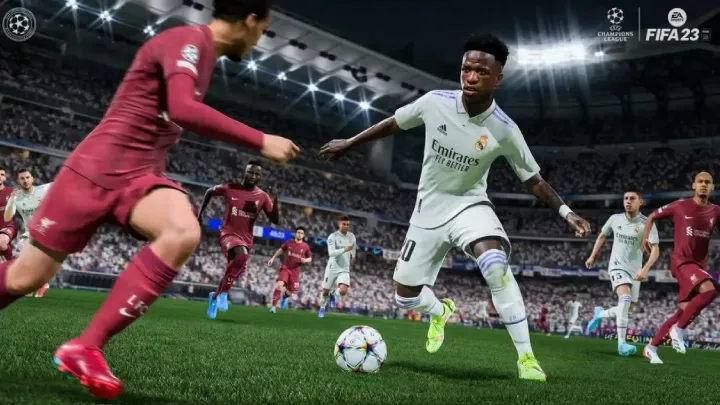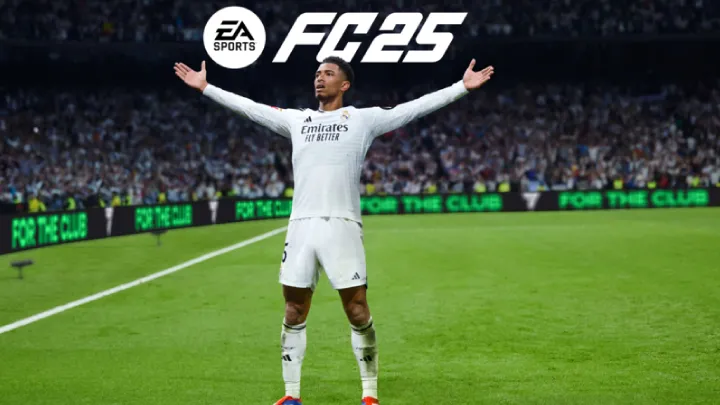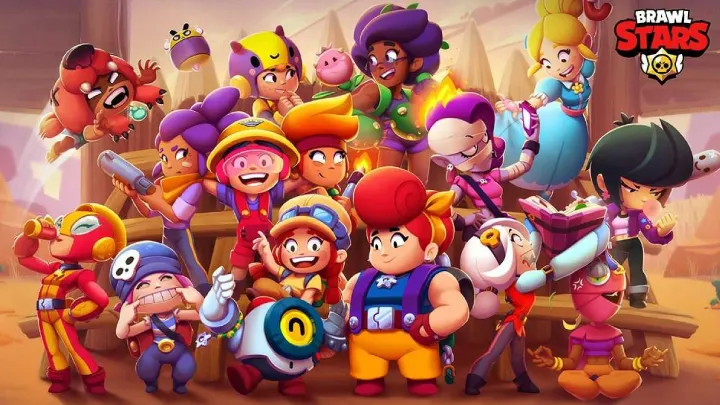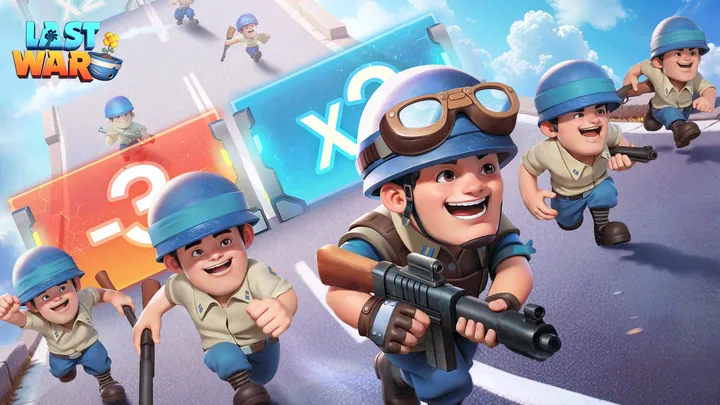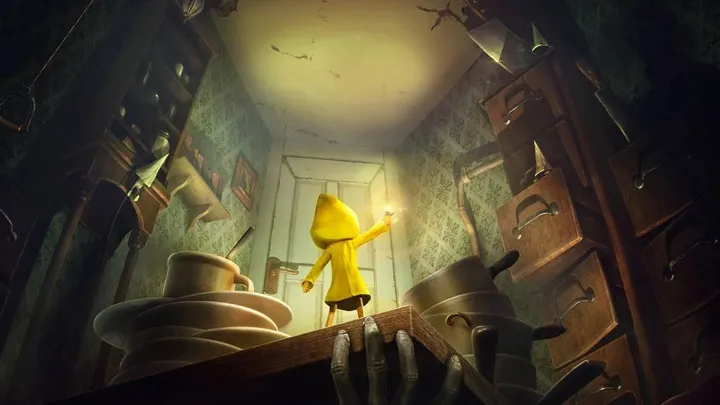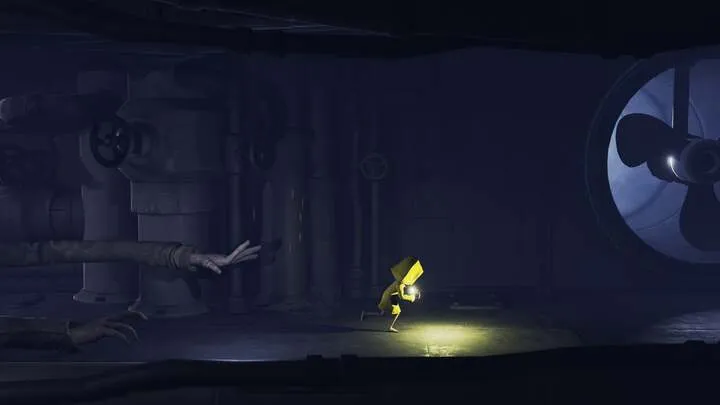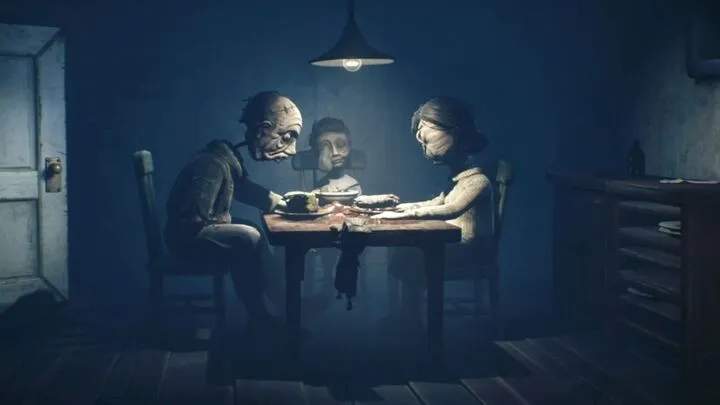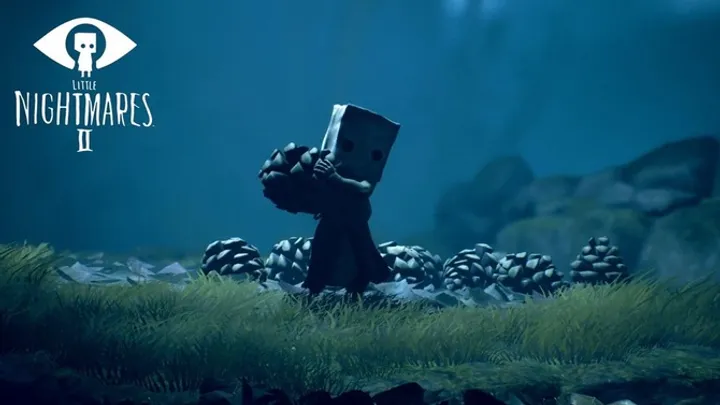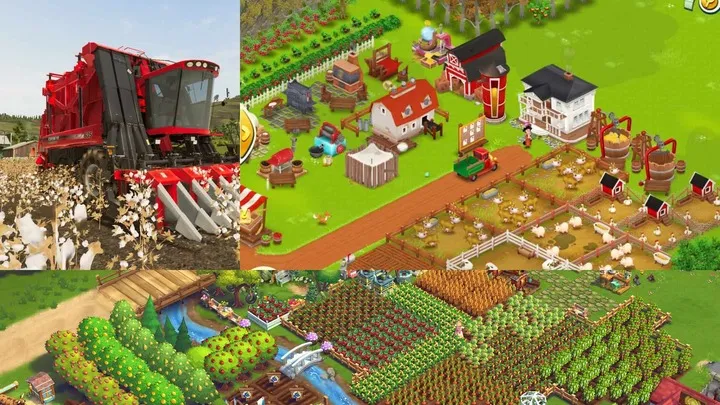The Supercell-developed mobile sensation, Brawl Stars, is a fast-paced multiplayer arena battler that blends the strategic depth of MOBAs with the instant gratification of arcade action.1 Launched globally in late 2018, it quickly established itself as a vibrant, constantly evolving game with a diverse roster of unique characters, known as Brawlers, and a rotating suite of game modes.2 The sheer variety can be overwhelming for newcomers, and even seasoned players often look for an edge to climb the trophy ladder. This comprehensive guide serves as your ultimate resource, broken down into ten key areas of mastery, guiding you from a novice starting out in the grassy arenas to a high-trophy competitive player. We will explore everything from basic controls and resource management to advanced Brawler mechanics and synergistic team compositions. Mastering Brawl Stars is not just about raw skill; it’s about knowledge, consistency, and strategic decision-making.
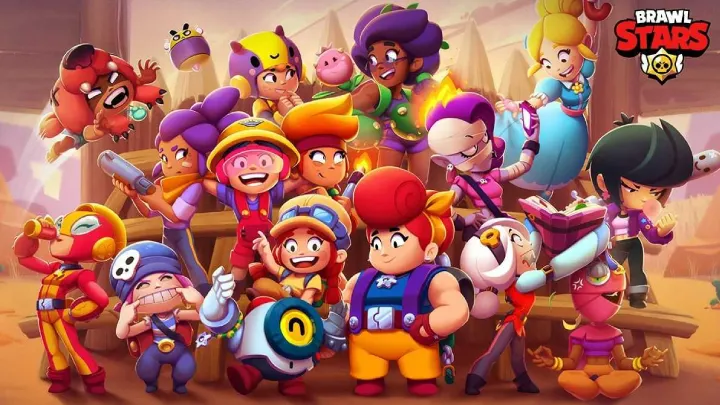 1. How to Start: Understanding the Fundamentals and First Steps (The First 24 Hours)
1. How to Start: Understanding the Fundamentals and First Steps (The First 24 Hours)
The initial phase of your Brawl Stars journey is crucial for establishing good habits and efficient resource management. Your first few hours will involve tutorials and initial trophy road progression, which introduces core mechanics and basic game modes.
Brawler Acquisition and Basic Controls
Your first Brawler is Shelly, a shotgun-wielding hero whose Super ability can clear entire areas or destroy cover.3 Understanding her basic mechanics is key to grasping the game's control scheme. The standard control layout involves a virtual joystick on the left for movement and two buttons on the right: one for your main attack and one for your Super attack. The main attack button can be tapped for auto-aim (targeting the closest enemy) or held and dragged for manual aim (precision targeting). Manual aim is almost always superior for consistent success. Your first goal is to reach 60 trophies to unlock the Gem Grab game mode, and then continue on the Trophy Road to unlock more Brawlers, including Nita and Colt, and crucial game features.
Efficient Resource Management: Gold, Power Points, and Credits
The primary resources you will encounter are Gold, Power Points, and Credits. Gold is used for upgrading Brawlers, purchasing cosmetics, and buying items in the shop. Power Points are Brawler-specific and are necessary to increase a Brawler's Power Level, which boosts their health and damage.4 Credits are the currency used to unlock new Brawlers on the Starr Road.5 Early on, the most efficient use of Gold is strictly for upgrading Brawlers to higher levels, as this is directly tied to progression. Avoid spending Gold on random cosmetic items or offers unless you are consistently maxing out your Brawlers. Credits should be focused on unlocking the Brawlers that best suit your playstyle, often prioritizing those that are strong in the current meta.
2. How to Power Up: Navigating the Brawler Progression System (Days 2-7)
Brawler progression is the heart of the long-term game loop. Unlike many other games, simply unlocking a Brawler is only the first step; unlocking their full potential requires significant investment.
The Power Level System Explained
Every Brawler has 11 Power Levels. Levels 1 through 9 provide a linear increase in base statistics (Health and Damage). However, the most transformative changes occur at specific thresholds:
- Power Level 7: Unlocks the Brawler's Gadget slot.
- Power Level 9: Unlocks the Star Power slot.
- Power Level 10 & 11: Unlocks the first and second Hypercharge slots, respectively. (Hypercharge is a temporary, powerful ability buff).6
Prioritizing Upgrades for Competitive Advantage
The most critical upgrade thresholds are Power Level 7 and Power Level 9. A Brawler without a Gadget (PL7) is significantly weaker than one that has one, as Gadgets often provide a utility or burst-damage option that can change the tide of an engagement. Similarly, a Brawler without a Star Power (PL9) is missing a passive ability that often defines their role or enhances their primary strength.7 When deciding which Brawler to upgrade, a good strategy is to focus on getting a small handful of Brawlers (3-5) to Power Level 9 first, rather than distributing Power Points evenly across all Brawlers. This gives you a few strong options for higher-trophy play and challenges.
The Importance of Hypercharges
Hypercharges are temporary power boosts that charge up over time in a match, similar to the Super. When activated, they instantly charge the Super, give the Brawler a significant temporary stat boost (speed, shield, damage), and often augment the Super ability with an even more powerful effect. Investing in Hypercharges for your main competitive Brawlers (PL10 and PL11) is essential for climbing the competitive ladder, as they are often match-winning abilities.
3. How to Play: Mastering Core Mechanics and Movement (First Week of Play)
Beyond the basic controls, there are several core mechanics that separate novice players from intermediate ones. These involve how you move, how you use the map, and how you manage the game's auto-regeneration.
Positioning and Corner Peeking
Movement in Brawl Stars is not just about running from one point to another; it’s about using the environment to your advantage. Corner peeking is a fundamental skill. This involves moving close to a corner of a wall, launching an attack, and immediately moving back behind cover. This minimizes the time you are exposed to enemy fire, allowing you to trade damage favorably, especially against Brawlers with slow projectile speeds. Similarly, always ensure you have a path to cover should an engagement go poorly. Standing in the open is a death sentence.
Range Management and Auto-Regeneration
Every Brawler has a specific optimal range. Long-range Brawlers (like Piper or Brock) need to maintain distance, while short-range Brawlers (like El Primo or Bull) need to close the gap. Knowing your Brawler's range, and more importantly, the enemy's range, is vital. If you take damage, your health will auto-regenerate after a short delay (usually 3 seconds) of not taking or dealing damage. Skilled players know how to weave in and out of combat to allow for health recovery, a technique often called "pecking" or "poking," which keeps their Brawler's health high without retreating entirely.
The Art of Pre-Aiming
While auto-aim is available, skillful play demands pre-aiming. This involves manually dragging the attack joystick to predict where an enemy will move, not where they currently are. Since all attacks in Brawl Stars (except a few like Mortis’s dash) are projectiles with travel time, leading your shots is the only way to consistently hit moving targets. This is especially true for slow, high-damage projectiles like the ones fired by Brock or Piper.
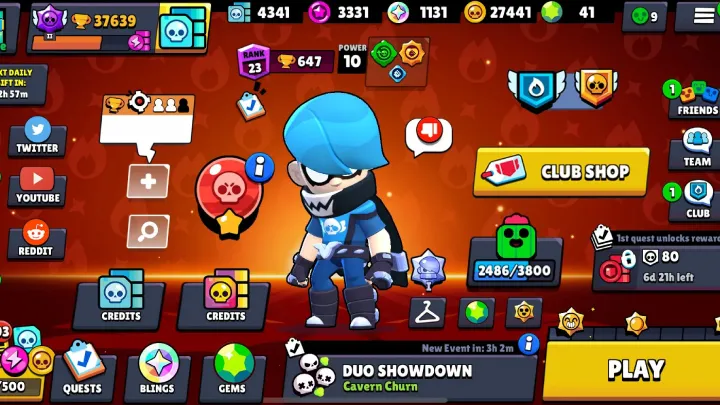 4. How to Win Gem Grab: Strategic Control and Gem Management (Core Game Modes)
4. How to Win Gem Grab: Strategic Control and Gem Management (Core Game Modes)
Gem Grab is often the first core mode new players encounter and is a primary driver of initial trophy gains. The objective is to be the first team to collect and hold 10 gems for a 15-second countdown.
Lane Control and Role Assignment
The Gem Grab map typically features three lanes: the Left, the Middle (where the gem mine is), and the Right.
- Gem Carrier (Mid-Lane): This Brawler must be high-health, able to deal damage, and/or have good self-sustain or escape tools. Their primary job is to collect gems from the mine. Brawlers like Pam, Poco (with Da Capo Star Power), or high-health Tanks are suitable. Once they hit 8-10 gems, their priority switches from collecting to staying alive.
- Aggressor (Side-Lane): This Brawler’s role is to control one of the side lanes, putting pressure on the enemy team and preventing them from flanking the Gem Carrier. They often have high-damage output. Brawlers like Colt, Spike, or Rico work well.
- Support/Flex (Other Side-Lane): This role balances between helping the Aggressor and peeling for the Gem Carrier. This Brawler should be versatile and good at breaking walls or slowing enemies. Dynamike, Barley, or Max are common choices.
The Retreat and The Final Countdown
Once your team reaches 10 or more gems, the countdown begins. This is the time to immediately shift your team's positioning. The Gem Carrier must retreat to a safe, defensible location, ideally near the team's spawn point where they can be protected by walls and their teammates. The other two teammates must focus entirely on peeling (protecting) the Gem Carrier and pushing the enemy back to prevent them from reaching the Carrier. Dying with 10+ gems means dropping all of them, which is often a game-losing mistake.
5. How to Win Showdown: Survivability and Solo Strategy (Core Game Modes)
Showdown, available in Solo and Duo variants, is the classic Battle Royale mode.8 It is a free-for-all where 10 Brawlers fight to be the last one standing, while a damaging poison cloud gradually shrinks the arena.
Power Cube Management and The Early Game
The early game focuses on collecting Power Cubes, which are obtained by destroying map crates or by defeating other Brawlers. Each cube increases your Brawler's base health and damage by 10%. Prioritize collecting the crates near your spawn. Avoid unnecessary, risky fights in the first 30 seconds. The goal is to maximize your cubes while conserving health and Super charge.
Mid-Game Positioning and Avoiding "Third-Partying"
The middle phase involves the map shrinking. Position yourself near the edges of the safe zone to scout for incoming enemies from the poison cloud, but avoid being caught between two opposing Brawlers—a phenomenon called "third-partying."
- Bush Camping: While often frowned upon, strategic use of bushes for concealment is essential. Use bushes to ambush enemies or to retreat and heal.
- Teaming (Solo Showdown): In high-trophy Solo Showdown, two or more players may temporarily cooperate to eliminate other threats.9 While risky and sometimes controversial, understanding this social dynamic is part of the mode.
The Final Circle: Risk Assessment and Super Utilization
When only a few Brawlers remain, every move counts. Assess the remaining Brawlers and their Power Cube count. Do you have a favorable matchup? When you decide to engage, make sure you have your Super charged and your Gadget ready. Aggressiveness is often rewarded in the final circle, as waiting too long can result in a disadvantageous engagement. Utilizing a high-impact Super (like Crow's or El Primo's) for a final dash-in or escape can be the difference between 2nd place and 1st place.
6. How to Build a Team: Synergies and Counter-Picking (Advanced Strategy)
In 3v3 modes (Gem Grab, Brawl Ball, Heist, Hot Zone, Knockout, etc.), team composition is arguably more important than individual skill. A well-constructed team utilizes Brawler synergies to cover weaknesses and amplify strengths.10
Understanding the Three Core Synergies
A balanced team composition usually focuses on three types of synergy:
- Offensive Synergy: Two Brawlers whose abilities complement each other for a massive burst of damage or area control.
- Example: Emz (area denial/slow) combined with Frank (stunning Super) allows Frank to easily land his powerful Super on trapped enemies.
- Defensive Synergy (Support/Tank): A high-health Brawler paired with a Support Brawler to sustain the team.
- Example: Poco (mass healing) paired with Double Tanks (El Primo, Frank, Bull) can create an unkillable frontline by constantly healing the high-health Brawlers.
- Control Synergy (Area Denial): Brawlers who can cover the map with lingering damage or crowd control effects.
- Example: Sprout (wall creation) and Barley (area damage over time) can effectively wall off and deny large sections of the map, funneling enemies into a killing zone.
The Importance of Counter-Picking
In competitive play (especially Power League), the ability to pick Brawlers that counter the enemy team's choices is vital.
- Tank Counters: Long-range, high-burst Brawlers (e.g., Shelly, Gale, or Colt with their Super) and Brawlers with Knockback/Slow Gadgets (e.g., Surge's teleport or Gale's spring trap) are excellent against close-range tanks.
- Thrower Counters: Brawlers who can quickly rush or dive a thrower, such as Mortis, Edgar, or Crow, effectively shut down a static, backline threat.
- Assassins/Diver Counters: High-health Tanks, Brawlers with area control Supers (e.g., Buzz, Max's Super for speed boost), or Brawlers with stunning abilities are good at mitigating the threat of fast-moving assassins.
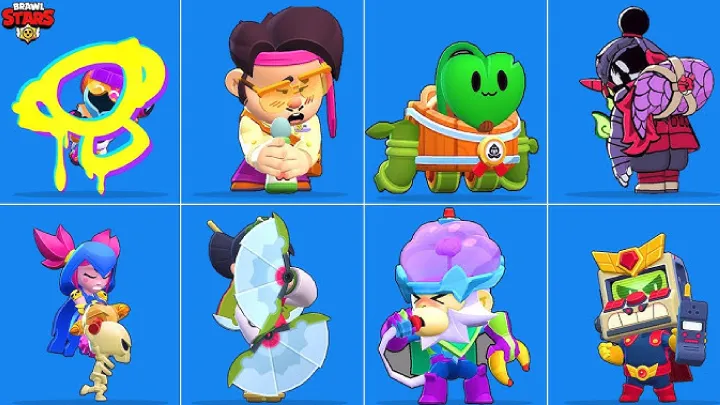 7. How to Climb Trophies: Effective Tiers and Game Mode Specialization (Progression Milestone)
7. How to Climb Trophies: Effective Tiers and Game Mode Specialization (Progression Milestone)
The Trophy Road is the primary measure of progress in Brawl Stars.11 Consistent climbing requires strategic focus rather than simply playing every Brawler on rotation.
The Power of "Pooling" Your Trophies
The Trophy Road system has an inherent mechanic where gaining trophies becomes progressively harder due to the increasing penalty for losing. A key strategy for efficient climbing is to focus on a small "pool" of Brawlers (5-7) that you are exceptionally good with and that are high-level (PL9+).
- Focus on Strengths: Play your best Brawlers only in their best game modes. For instance, do not force a long-range Brawler like Piper into a closed map like some Heist maps.
- Avoid Spreading Thin: Playing a large number of Brawlers at low Power Levels results in a large roster of mediocre Brawlers at a mediocre trophy count (500-600). Focusing your efforts ensures you have a few Brawlers at a high rank (750+), which is more efficient for overall Trophy Road progress.
Mastering Game Mode Rotations
Brawl Stars features a rotating cycle of game modes.12 Winning consistently means knowing the current maps and picking the optimal Brawler for that specific map and mode. For example:
- Brawl Ball: Favors controllers, carriers, and high-impact Supers (e.g., Mortis, Frank, Gale, Max).
- Heist: Favors Brawlers who deal high damage to a static target (e.g., Bull, Colt, 8-Bit) or throwers who can bypass walls (e.g., Barley, Dynamike).
- Hot Zone: Favors area denial and sustained damage (e.g., Pam, Emz, Sprout).
By only playing your strongest Brawlers in the modes where they excel on the current map rotation, you maximize your win rate and trophy gain.
8. How to Use Gadgets and Star Powers: The Decisive Edge (Advanced Mechanics)
Gadgets and Star Powers are the defining features of a Brawler's late-game potential. Understanding when and how to deploy them can instantly turn a loss into a victory.
Gadget Timing: Utility over Damage
Most Gadgets are more about utility than raw damage. They should be used to:
- Escape a Pinch: Example: Max's "Phase Shifter" Gadget for a quick dodge.
- Bait an Attack: Example: Crow's "Defense Booster" shield to tank an enemy Super.
- Set Up a Kill: Example: Sandy's "Sleep Stimulator" to heal fully before a fight.
Always think about the strategic value of the Gadget. For instance, using Brock's "Rocket Fuel" (extra damage) on a full-health enemy is less effective than using it to secure a critical kill on an enemy Gem Carrier or to finish off a Heist safe.
Star Power Choice: Defining the Brawler's Role
Many Brawlers have two distinct Star Powers, each fundamentally changing their playstyle or defining their main role.13
- Poco's Star Powers:
- Da Capo: Defines him as an Aggressive Healer. He heals teammates with his main attack, encouraging offensive play and constant pressure.
- Screeching Solo: Defines him as a Damage Supporter. His Super deals damage, giving him a secondary utility as a finisher or burst dealer.
Choosing the right Star Power is dependent on the mode, the map, and your team's composition. In 3v3 modes where sustainability is key (like Gem Grab), healing Star Powers are generally prioritized. In damage-focused modes (like Bounty or Knockout), Star Powers that increase damage or a Brawler's longevity in a solo encounter are often better.
9. How to Analyze the Meta: Adapting to Game Updates and Balance Changes (The Long-Term Game)
Brawl Stars receives frequent balance changes and new Brawler releases.14 The meta (Most Effective Tactics Available) constantly shifts, and successful players stay ahead of the curve.
Reading Patch Notes and Testing New Brawlers
Supercell releases detailed patch notes before every major update. You must read these to identify:
- Buffed Brawlers: Which Brawlers received significant statistical increases or improvements to their Gadgets/Star Powers. These Brawlers are often temporary powerhouses that are easy to climb with.
- Nerfed Brawlers: Which Brawlers received decreases. Avoid these Brawlers in high-trophy play until you've tested their new strength.
- New Brawler Impact: New Brawlers are often released in a slightly overpowered state to encourage purchases. Understanding how they operate is essential for developing counter-strategies.
Tier Lists and Community Resources
While tier lists can be subjective, they provide a good starting point for understanding the current meta. Watch high-level competitive players on platforms like YouTube and Twitch. Pay attention to:
- The Brawlers they ban/pick: This shows which Brawlers are considered the most dangerous or the most powerful.
- The compositions they run: This highlights current strong synergies in the 3v3 modes.
Adapting means being willing to temporarily set aside your favorite Brawler if they are weak in the current meta and investing in a stronger, meta-relevant Brawler.
10. How to Transition to Power League: The Competitive Environment (Maximum Challenge)
Power League is the official ranked competitive mode of Brawl Stars.15 It is a best-of-three series played on a random mode/map, utilizing a strategic draft and ban system.
The Draft and Ban System: Strategy on the Selection Screen
The Power League match begins with a ban phase (one Brawler banned per team) followed by a pick phase (two Brawlers picked per team, followed by the final pick).
- The Ban: Always ban the most currently overpowered or universally strong Brawler (often a new release or a recently buffed Brawler) unless one of your teammates is a master of that Brawler. Alternatively, ban a Brawler that perfectly counters the map/mode. Example: Banning a thrower like Grom or Sprout on a map with lots of walls.
- The First Pick: Your team’s first pick should be a Brawler that is versatile, strong on the map, and difficult for the enemy team to counter, such as a strong mid-lane control Brawler (e.g., Emz, Penny, Poco).
- Counter-Picks: The final picks should be used to directly counter the enemy team's composition. If the enemy team has picked three tanks, your final pick should be a tank counter (like Shelly or Gale).
Communication and The Best-of-Three Format
Power League is a best-of-three format, meaning the team that wins two rounds wins the set.
- Mid-Game Adjustments: If you lose Round 1, analyze why you lost. Did the enemy Brawler composition perfectly counter yours? If so, you need to suggest a new, counter-based composition for Round 2.
- Communication: Effective communication (even via in-game pins or quick chat) is vital. Coordinate rushes, retreats, and Super usage. Since the map and mode change every match, your team needs to quickly agree on Brawler roles and lane assignments before Round 1 and again before a potential Round 3.
Success in Power League requires mastery of all the previous nine points: optimal Brawler levels, deep mode/map knowledge, a wide pool of high-level Brawlers, and an understanding of the current meta. It is the ultimate test of your Brawl Stars skills.
The mastery of Brawl Stars is a continuous journey that begins with understanding fundamental controls and efficient resource management. Progression hinges on strategically powering up Brawlers to unlock crucial Gadgets, Star Powers, and Hypercharges, which provide the competitive edge. Success in specific game modes, from the strategic gem-holding in Gem Grab to the survivalist positioning in Showdown, demands unique tactics. Ultimately, long-term climbing on the Trophy Road and in Power League requires a deep understanding of Brawler synergies, effective counter-picking, and a constant adaptation to the game's evolving meta through a keen eye on balance changes. Consistency, knowledge of mechanics like corner peeking and pre-aiming, and the ability to work as a cohesive unit are the pillars upon which true Brawl Stars mastery is built.








